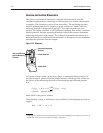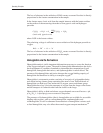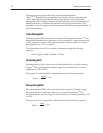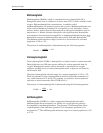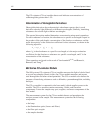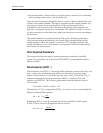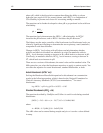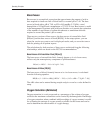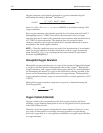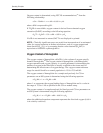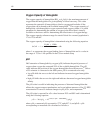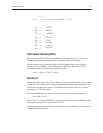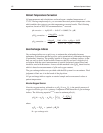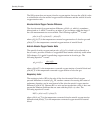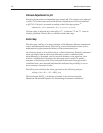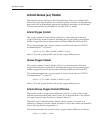
IĆ28 800 Series Operator's Manual
Oxygen saturation can be directly measured or it can be estimated using the
relationship described by Kelman
24
and Thomas
25
:
O
2
SAT = × 100
N
4
– 15N
3
+ 2045N
2
+ 2000N
N
4
– 15N
3
+ 2400N
2
– 31,100N + (2.4 × 10
6
)
where N = pO
2
× 10
[0.48(pH–7.4)
–
0.0013
BE(B)]
and BE(B) is calculated assuming 100%
oxygen saturation.
Since oxygen saturation also depends upon the level of carbon monoxide and 2,3
diphosphoglycerate (2,3 DPG) in the blood, the calculated value for oxygen
saturation may not be equal to the measured value in patients with abnormal levels
of 2,3 DPG or carbon monoxide. The equation does not account for these
variations, therefore, the oxygen saturation that is reported should only be used as
an estimate of the actual oxygen saturation.
NOTE: Clinically significant errors can result from incorporation of an estimated
value for oxygen saturation in further calculations, such as oxygen content and
shunt fraction (Q
sp
/Q
t
), or by assuming that the value obtained is equivalent to
fractional oxyhemoglobin.
26
Hemoglobin Oxygen Saturation
Hemoglobin oxygen saturation (sO
2
) is a ratio of the amount of hemoglobin bound
to oxygen to the total amount of hemoglobin able to bind oxygen.
38
Hemoglobin
oxygen saturation, with oxygen content and oxygen capacity, is a useful parameter
for determining the amount of oxygen in the blood that is actually available to the
tissues and for determining the effectiveness of oxygen therapy. The hemoglobin
oxygen saturation reference range for arterial blood for a normal population is 92.0
to 98.5%.
Hemoglobin oxygen saturation, expressed as a percent, is determined using the
following equation:
sO
2
+
O
2
Hb
O
2
Hb ) HHb
x 100
Oxygen Content (Estimated)
Oxygen content is the concentration of the total oxygen carried by the blood,
including oxygen bound to hemoglobin as well as oxygen dissolved in plasma and
in the fluid within red cells.
Clinically, dissolved oxygen is unimportant for most situations. However, at very
low levels of hemoglobin or in patients receiving hyperbaric oxygen therapy,
dissolved oxygen may be a very significant contributor to oxygen content and thus
to oxygen transport.



